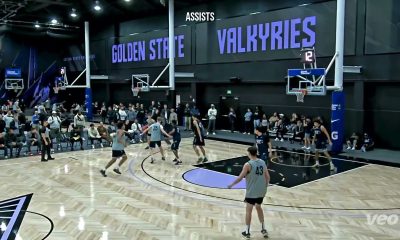By Eurohoops team/ info@eurohoops.net
Real Madrid and Barcelona are reportedly considering the possibility of discontinuing their youth academies due to the increasing migration of young basketball talents to the NCAA. The clubs have reportedly held discussions to evaluate redirecting funds currently allocated to youth development toward their first teams, according to MARCA.
Since 2022, NCAA players have been allowed to earn money through NIL (name, image, and likeness) rights, attracting many promising young athletes worldwide. This development has led to a significant talent drain from European basketball.
Several academy players from both clubs have recently moved to the NCAA after limited professional experience. Examples include Kasparas Jakucionis and Dame Sarr from Barcelona, and Ismaila Diagné, Jan Vide, and Egor Demin from Real Madrid. Sidi Gueye is the next to make the move, while Hugo González had offers to leave last year but stayed. Now, he’s entered the NBA draft.
Retaining young talents has become increasingly difficult due to the lucrative offers available in the NCAA. Demin, a Russian guard from Real Madrid’s academy who went to BYU, allegedly earned this season through NIL nearly as much as Facundo Campazzo does in Madrid.
This has led some clubs to consider whether investing in youth academies remains viable. Andreas Zagklis, FIBA Secretary General, commented on the situation.
“Our clubs, our leagues and our federations invest in someone who started playing at 9, 10, 11 years old and now ends up with a seven-figure check at 18.”
To address this issue, FIBA has introduced a requirement for an Authorization Letter for young players transferring to the NCAA, ensuring consent from both the player’s club and federation, along with guarantees regarding their playing conditions and national team availability.
“There must be consent from the club and federation the player is leaving, and guarantees regarding where the player will play, conditions, availability for national team call-ups… All guarantees that exist in the FIBA ecosystem,” Zagklis explained.
In Spain, cooperation between the High Sports Council and universities is focusing on creating a league for ACB club reserve teams to provide young players with more playing time and development opportunities.
Despite these measures, the challenges posed by the financial incentives in the NCAA continue to raise questions about the future of youth basketball development at major European clubs.

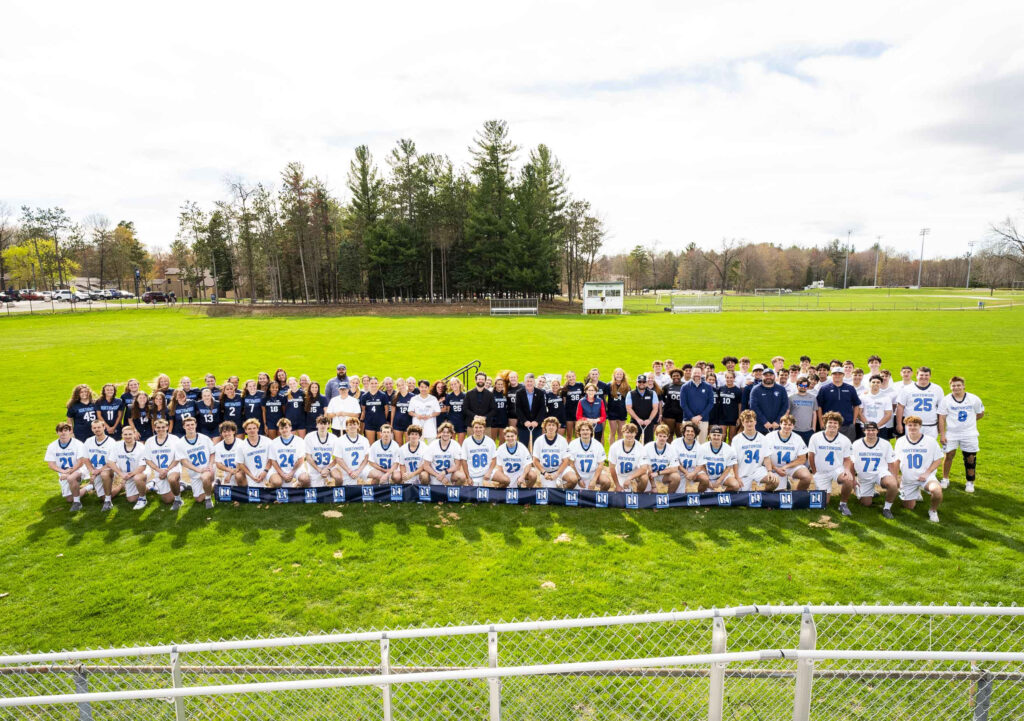

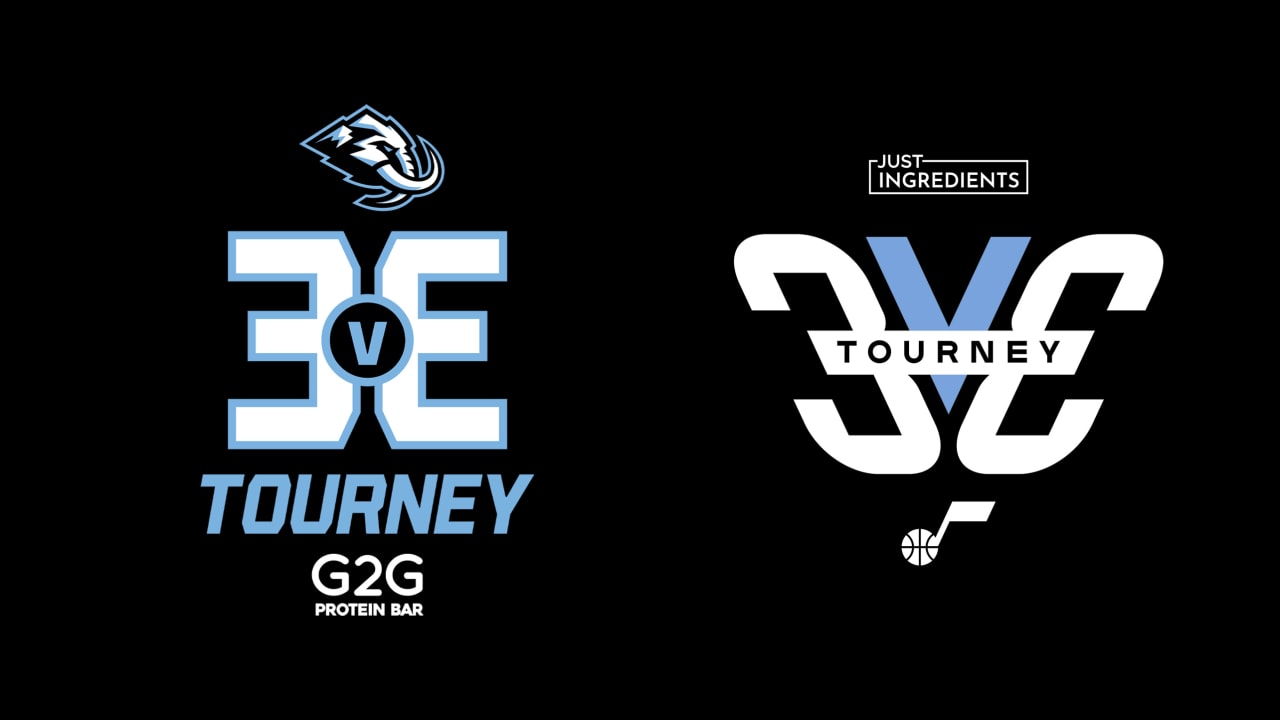
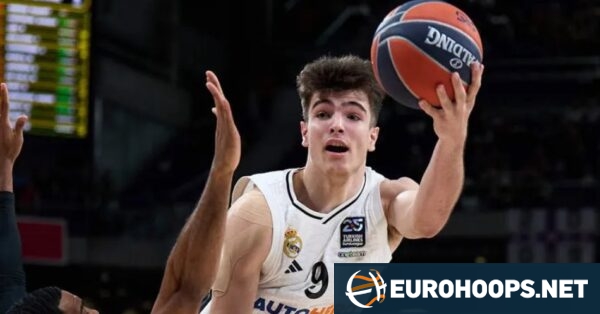
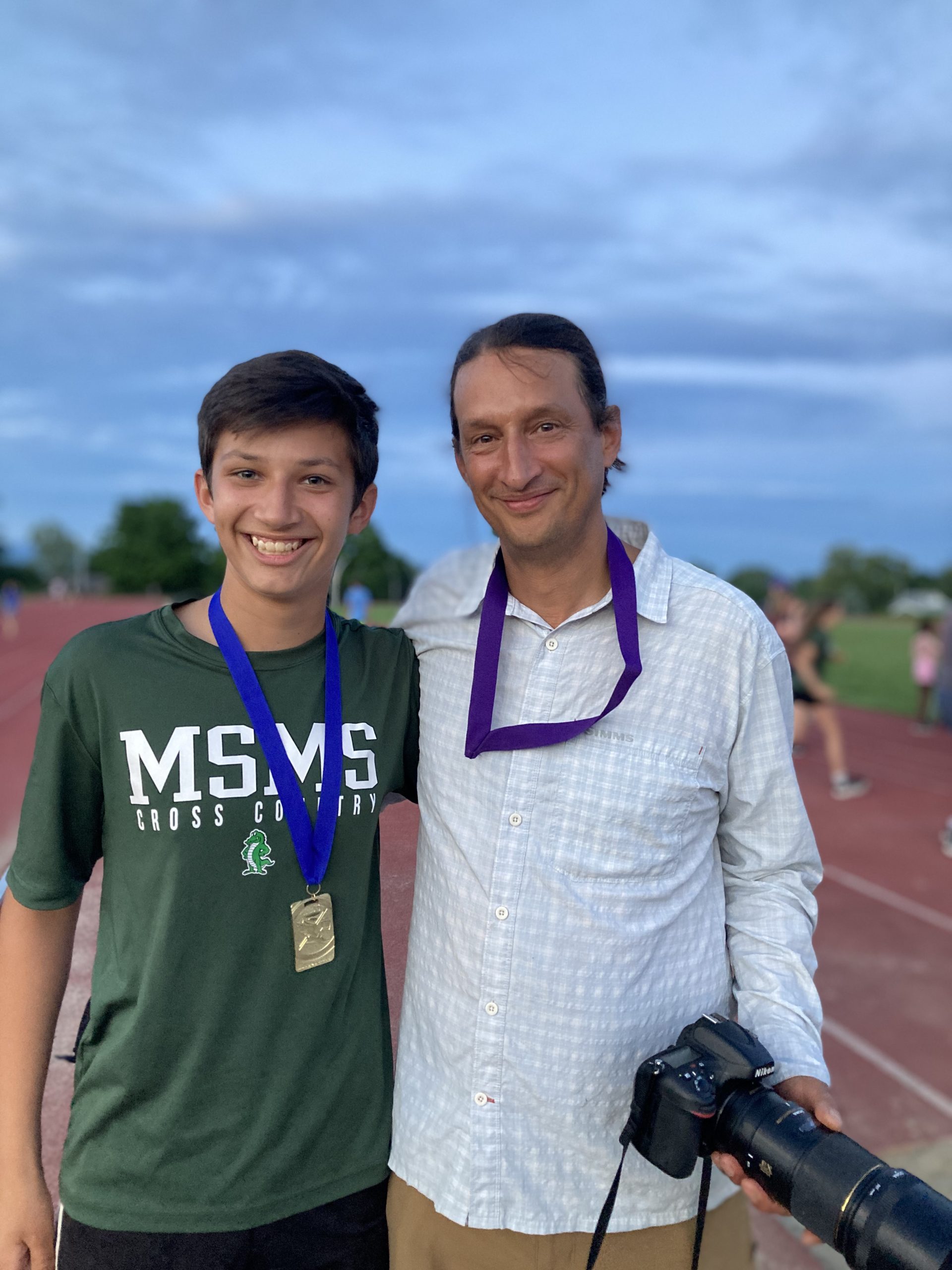

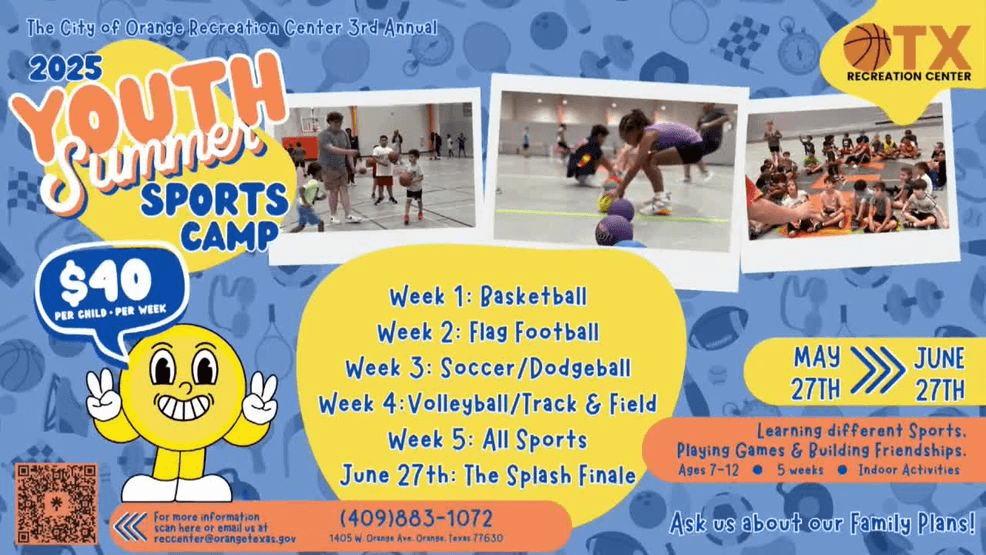
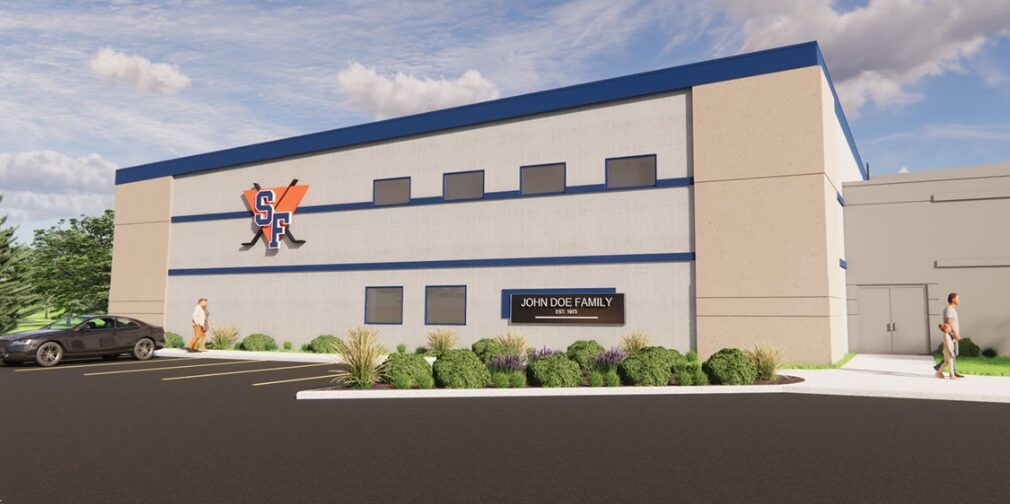












 Tim Kurkjian on WHAT’S NEXT after MLB amends ineligible list | SportsCenter
Tim Kurkjian on WHAT’S NEXT after MLB amends ineligible list | SportsCenter










































